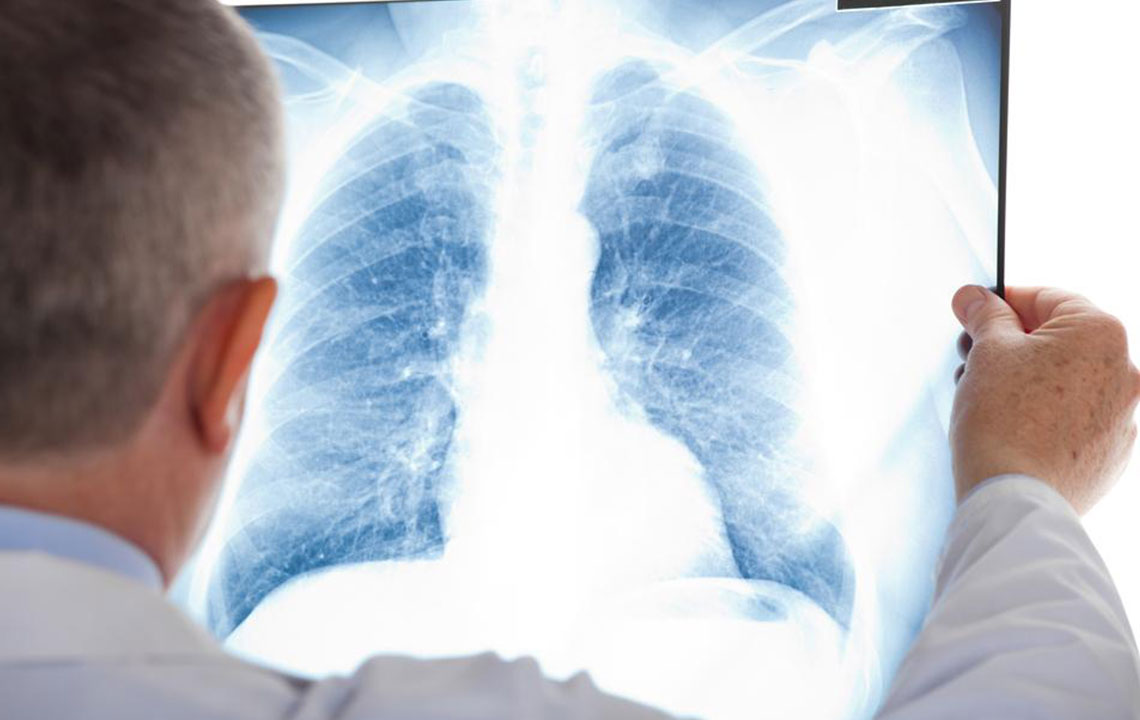Comprehensive Guide to Mesothelioma: Essential Facts and Insights
This comprehensive article provides in-depth information about mesothelioma, including its causes, symptoms, types, risk factors, and treatment options. It emphasizes the importance of early detection and preventive measures, especially for individuals with occupational exposure to asbestos. With over 1500 words, it offers valuable insights into understanding and managing this aggressive cancer.

Comprehensive Guide to Mesothelioma: Essential Facts and Insights
Mesothelioma is a rare but highly aggressive form of cancer that originates in the thin layer of tissues called mesothelium, which lines the internal organs of the body. While many are aware of common cancers like lung or colon cancer, mesothelioma remains relatively unknown to the general public despite its severe health implications. This comprehensive guide aims to shed light on this deadly disease, covering its causes, symptoms, types, diagnosis, treatment options, and preventive measures.
What Is Mesothelioma?
Mesothelioma is a malignant tumor that develops in the mesothelial cells lining the lungs, abdomen, heart, or testicles. It is characterized by its aggressive nature and poor prognosis, making early detection and treatment crucial. Due to its rarity—accounting for only about 0.3% of all cancer diagnoses—it often goes undiagnosed until advanced stages, leading to limited treatment options and lower survival rates. The primary concern with mesothelioma is that its symptoms often resemble those of less severe respiratory or gastrointestinal issues, which can delay diagnosis.
The disease predominantly affects individuals who have had prolonged exposure to asbestos fibers, a group of naturally occurring silicate minerals. Asbestos was widely used in construction, manufacturing, shipbuilding, and other industries for its heat-resistant and insulating properties. Unfortunately, inhalation or ingestion of asbestos fibers can lead to their accumulation in the mesothelial lining, causing inflammation, cellular damage, and ultimately malignant transformation.
Mesothelioma primarily develops on the linings covering vital organs such as the lungs (pleura), abdomen (peritoneum), heart (pericardium), and testes. Symptoms depend on the location and stage of the cancer but often include persistent cough, chest pain, shortness of breath, unexplained weight loss, abdominal distension, and fatigue. Because these symptoms are common to many benign conditions, mesothelioma is often diagnosed at an advanced stage, complicating treatment efforts. Understanding the different types of mesothelioma is key to early detection and management:
Pleural Mesothelioma: The most common form, affecting the lining of the lungs and chest wall.
Pericardial Mesothelioma: A rare type affecting the lining surrounding the heart.
Peritoneal Mesothelioma: Involving the abdominal lining, leading to swelling, pain, and digestive issues.
Testicular Mesothelioma: Extremely rare, affecting the lining of the testes and presenting with scrotal swelling.
Primary Causes and Risk Factors of Mesothelioma
The dominant cause is exposure to asbestos fibers, especially in occupational settings. Historically, industries such as shipbuilding, construction, automotive manufacturing, and insulation installation involved significant asbestos use, exposing workers and associated populations.
Workers handling asbestos directly—such as miners, industrial workers, and military personnel—are at the highest risk. Secondary exposure, where family members contact asbestos fibers brought home on clothing, also elevates risk.
Recent research highlights that inhaling or swallowing mineral fibers like erionite and talc, which can contain asbestos-like properties, may also contribute to mesothelioma.
Other factors, including prior chest radiation therapy and exposure to certain medical dyes like thorotrast, have been associated with increased risk.
Mesothelioma remains one of the most dreaded cancers due to its rapid progression and low survival rates. Preventive measures, early detection, and adhering to safety regulations are vital in reducing risk. If individuals experience persistent respiratory or abdominal symptoms—especially those with a history of asbestos exposure—prompt medical evaluation can improve outcomes and facilitate early diagnosis.
In conclusion, understanding mesothelioma is crucial for at-risk populations, healthcare providers, and policymakers. Although challenging to treat, advances in medical research and increased awareness are vital in managing this formidable disease. Protecting oneself from asbestos exposure and recognizing early symptoms can make a significant difference in prognosis and quality of life.





